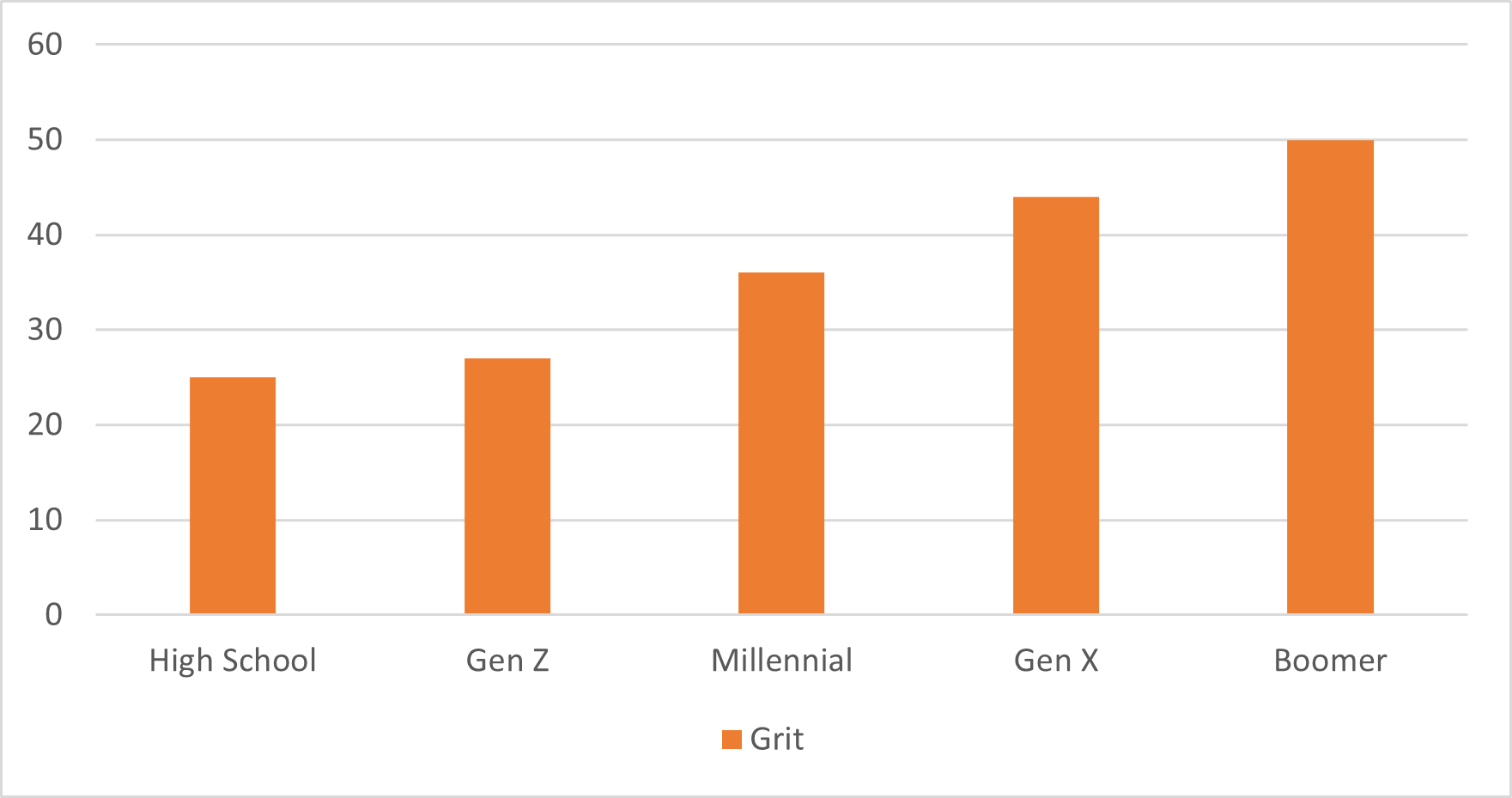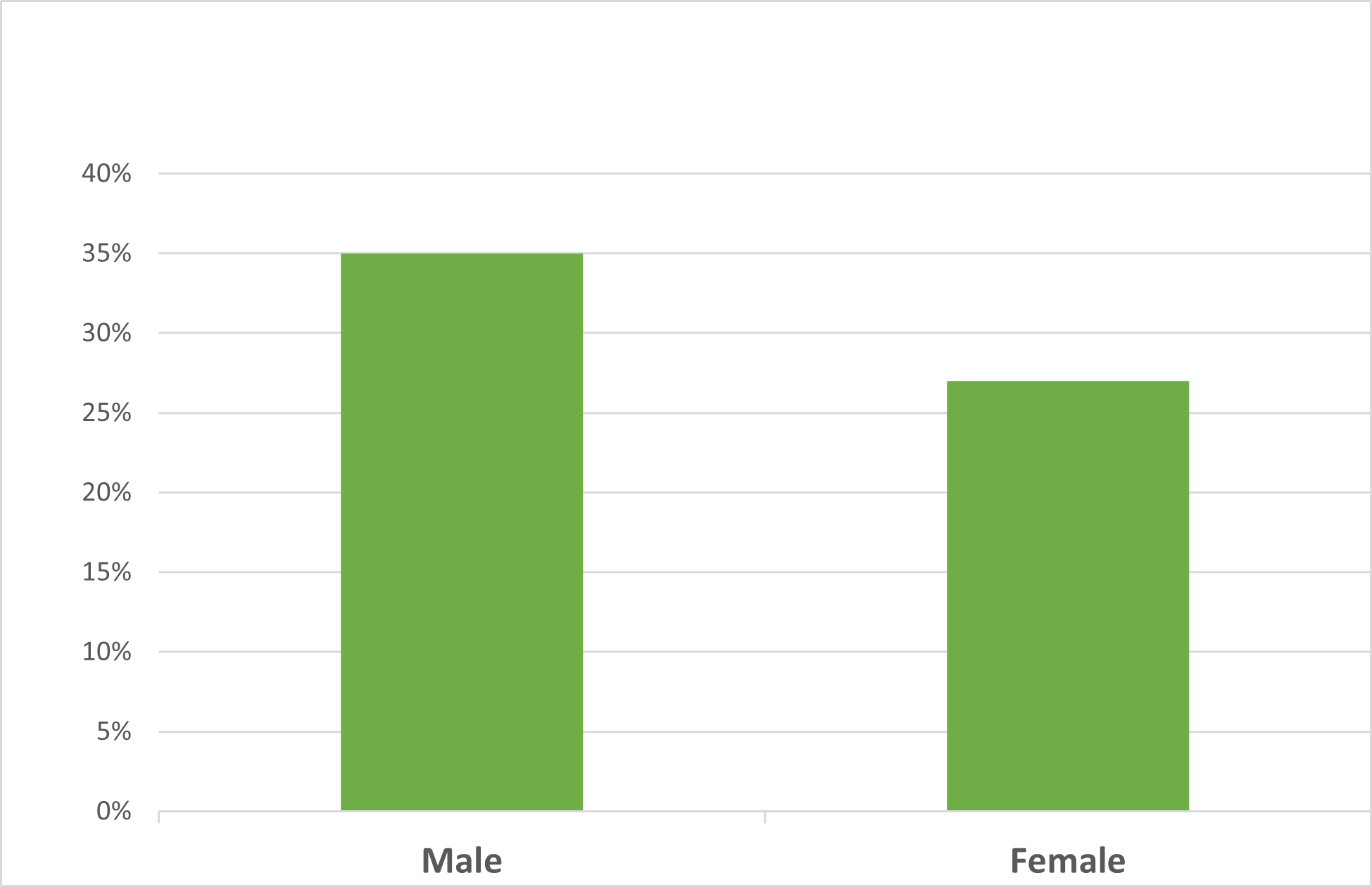
A lot of things have changed for job-seekers in the last few years, and that has made a lot of old-school approaches and tactics less effective.
First, everything moved to an online space. This removed your opportunity to get in front of a hiring manager while turning in your resume.
However, nothing has had as big of an effect on job seekers as Applicant Tracking Systems (ATS).
These automated resume screeners have taken an already difficult task and added an entirely new layer of complexity. Today’s job seeker needs to understand how ATS systems work if they want to have a chance of getting hired.
Here is an ATS screening overview to help you get a better understanding of what it is, why it’s used, and how it is used. This will help you understand what you’re dealing with when you’re applying for your dream job.
What is ATS?
ATS is short for Applicant Tracking Systems. Essentially, it’s a software solution that keeps track of online applications, and it even scans every application for certain criteria to see which applicants are good candidates and which ones aren’t a match to what the recruiter is looking for.
This sounds like a great system as long as you understand the keywords the system is most likely scanning for, and you’ve built your resume to work with ATS formatting and scanning systems.
We’ll talk more about that throughout this overview.
Why is ATS Used?
Applicant Tracking Systems are primarily used to lower the number of applications that hiring teams have to go through to find good candidates.
The average employer can easily get hundreds of applications per week and rarely is a hiring manager solely in charge of going through applications. They have normal job tasks to handle, as well.
So, going through hundreds, or even thousands, of applications in a short enough period to fill a position before it causes problems is impractical.

By leveraging ATS solutions to cut the number of applications down dramatically, companies can save time, resources, and money while still ensuring good candidates are pulled in for interviews in a timely fashion.
Problems Caused by ATS
While ATS helps companies, and it can even help you if you know how to work with it, it’s not a perfect solution.
Here are some of the drawbacks caused by it for both you and the companies you’re applying to.
1: Good Applicants are Frequently Lost
The primary issue with any ATS system is that it frequently gets rid of great applicants. This is because of how it works, but we’re going to go over that in detail later.
This affects both employers and job seekers.
Employers might garner the interest of several amazing candidates, but minor issues in their resumes might get their resumes thrown out before they ever see them. That deprives the business of hiring opportunities that can truly benefit the company.
Likewise, bad candidates might get to the interview phase and waste time just because they’re great at writing resumes.
For you, the job seeker, this obviously means you have to spend a lot more time optimizing every resume you submit. Considering you’ll likely submit 50 or more resumes before getting a job, this makes the lengthy job-hunting process a lot more time-consuming. Even then, if you mess up, you still won’t get a hiring manager to see your application.
2: Juggling Two Target Audiences
This is a drawback that affects you the most. Since you have to appease the requirements of both the ATS and the hiring manager or recruiter you hope will see your resume, you essentially have to create your resume for two target audiences.
It has to be formatted simply enough to get through the screening system, and it also has to be designed to stand out and impress the hiring team that will only spend 11 seconds reading it.
3: A Lot of Guesswork
Finally, it adds a lot of guesswork to the resume creation process. Now, you have to look at the job description and guess what the keywords are so you can word your skills and accomplishments properly, guess what format the ATS prefers and reads the best, and then guess what you did wrong if you don't get a callback because even minor issues can affect the reasoning behind you being screened out. It’s not as simple as when a real human is going over things.
How Does ATS Screening Work?
As a software solution, ATS is fairly straightforward.
First, the hiring team making a job listing will program the keywords and main parameters that the system needs to look for. These are usually the requirements from the job listing.
Then, whenever they post an online job listing, every application will be sent to the ATS, screened, and pushed through or trashed before it’s put in front of the hiring team.

The ATS will scan the entire document looking for keywords, formatting, mistakes, and any parameters the hiring team is looking for. Applicants who fall within a certain threshold for acceptance will be passed on to the hiring team, and those who aren’t qualified will be removed.
The ATS can also keep track of applicants to allow employers to find applications quickly. This is used mostly when you have part of your network helping you get the job, and it’s definitely a huge help.
From there, it’s entirely up to the hiring team. They’ll go over all the resumes that passed the screening phase, call people in for interviews, and eventually, hire a candidate.
Dealing with ATS and the Challenges it Produces
Obviously, getting rejected by an automated system is a lot worse than getting rejected during an interview. That means no one even looked at your resume.
However, there’s a fairly simple way to bypass that problem when you know what ATS is and how it works. Test your resume before you submit it to the job you really want to get.
At Innate, we have resume professionals on staff and offer free resume reviews. We can go over your resume to make sure it is ATS-friendly and help you fix it before you submit it.
Even better than that, we have a resume quiz that will help you identify your top strengths and how to promote them on your resume.



